Popular on Food52
19 Comments
Avira T.
December 7, 2017
Very nice if you want to get support for antivirus visit to us. http://tekxpert.bravesites.com/#builder
ZOBX
September 14, 2015
Lucky duck you. Don't miss Bolgna, Pio Cesare's brother's restaurant...drink the wine served in pitchers, it's the best and never leaves the country those smart Italians! Oh, Milano , the mortadella from the outdoor markets at the park across from La Scala, just google "milano24ore.net" for the excitement at the opera house while you're there, the duomo, great food, gorgeous buildings. Then there's always Florence, the Medicis gardens, Ponte Vecchio, black truffles, the flea markets...it takes several trips. Next we want to visit Sicily. Oh just thought, CinqueTerres. I gotta' go back. Have a FABU time, eat eat eat! Walk walk walk! ZZ
ZOBX
September 14, 2015
heatheranne...make it a point to visit Italy and eat what they offer in different regions...no spaghetti & meatballs...pasta is so important and yummy and different from that served in U.S. regardless. Or, eat pesto from each town/city you visit. I tried that one trip...what a treat, all pesto, all different. Or, better yet, we had individual cheese pizzas in the hills of Peruga, they were served with huge handful of fresh arugula...I discovered arugula that night, 1994, in Peruga, and every other town/city for 3 additional years of travel to Italy when I ordered pizza I requested arugula...no one else had arugula for my pizza, purely regional I learned. ZZ
heatheranne
September 14, 2015
How opportune. I leave for Italy this week!
The food I get at my in-laws is most definitely not Italian-American fare. The pasta is so tasty and she serves lots of traditional Northern Italian fare - polenta, baccala etc. I can't wait to go and eat for 10 days!
The food I get at my in-laws is most definitely not Italian-American fare. The pasta is so tasty and she serves lots of traditional Northern Italian fare - polenta, baccala etc. I can't wait to go and eat for 10 days!
tamater S.
September 14, 2015
Very interesting tips. But I'm wondering about the Marcella Hazan tip: "..cook at the merest simmer for a long, long time. The minimum is 3 1/2 hours; 5 is better.” - wonder if it could be done in a crock pot, on the low setting. Why not, eh? I'm gonna try that.
thelastmike
September 13, 2015
Here's a tip I discovered myself and is along the weeknight/time-saving/one-pot meal line.
Frozen vegetables and small dried pasta ( I like broccoli simple elbows actually), water over the pasta to the first knuckle on your index finger (ala rice). Salt. Lid on pot. Heat on.
Note the water is cold and indeed the veggies are frozen lowering the temp more still. So the pasta won't stick together immediately as this is a function of starch release that is temperature induced. So you have to stir it several minutes in when the heat has begun to build in the water as this in when the pasta will want to stick all together.
Once it comes to a strong simmer/light boil I take the lid off. By the time the pasta is cooked the water is all but completely absorbed. Perhaps just a little to drain.
The water that is there will be extremely starchy and so readily mix with whatever you like to make nice sauce.
Frozen vegetables and small dried pasta ( I like broccoli simple elbows actually), water over the pasta to the first knuckle on your index finger (ala rice). Salt. Lid on pot. Heat on.
Note the water is cold and indeed the veggies are frozen lowering the temp more still. So the pasta won't stick together immediately as this is a function of starch release that is temperature induced. So you have to stir it several minutes in when the heat has begun to build in the water as this in when the pasta will want to stick all together.
Once it comes to a strong simmer/light boil I take the lid off. By the time the pasta is cooked the water is all but completely absorbed. Perhaps just a little to drain.
The water that is there will be extremely starchy and so readily mix with whatever you like to make nice sauce.
HalfPint
September 10, 2015
Love these tips. I disagree about salting pasta water, though. Yes, pasta water should be salted, but it does not need to taste like the sea. I've always salted until it tastes like my sweat (I know "ewww" but my pasta always tastes perfectly seasoned). I once salted my pasta water to taste like the sea and OMG, was it salty. So salty, I could not eat the pasta and had to throw it out. That was the last time I did that.
CaffeineSpasms
September 8, 2016
I'm with you on that. I eyeball it every time and it always tastes great. Some people just don't salt their water though!
Andrea
September 10, 2015
I am Italian ( and chef) , lived in Rome till 2 years ago, and yes, we eat pasta everyday :) Not joking, and I also can tell you guys that in the real ragout recipe there is nor canned nor fresh tomatoes but just concentrate tomato paste. Actually ragout color should be orange-ish not red. Absolutely I agree with the first tip, I was shocked watching chef cooking pasta in plain water, an Italian can instantly recognize if salt wasn't added. And what it's really unacceptable for italians ( especially from Rome like me) it's the cream in the carbonara :(
Marylouise S.
September 9, 2015
To the poster who said her in-laws are Italian and they only eat pasta once a week...are they Italian-American or Italians who live in Italy? My experience has been that Italians in Italy DO eat pasta once a day (I've spent a lot of time in Italy and my parents lived there for 3 years). Italian-Americans...maybe once a week (or more in my case!)
heatheranne
September 10, 2015
Interesting. They were born and raised in Italy, but emigrated to Canada in the 50s/early 60s. I'm sure their eating habits have been shaped in some way by that. My FIL is also Northern Italian so they eat a lot of polenta. Maybe that takes the place of pasta at many meals.
Aditi
September 9, 2015
One recipe I found quite interesting was cooking pasta until 3-4 minutes before it's done, adding it to a basic tomato sauce, adding milk at the same time, then finishing cooking the pasta. The logic was that the pasta not only absorbs flavor from the sauce but also releases starch that makes the tomato-milk sauce creamy without needing to add cheese. I think this was from one of the Moosewood cookbooks.
702551
September 8, 2015
The two most important pasta tips in Italy:
1.) Pasta should not sit. People wait for pasta, not the other way around. Italians accomplish this easily because pasta is small starter course; it reaches the table in prime condition and is consumed at its peak. Pasta in Italy is not a gargantuan mountain of noodles as the main course.
2.) There should be no leftover pasta if you cook it the old school Italian way. The portions for a "primi" starter course are small, basically 2-3 ounces. One eats a little bit of pasta, not a lot.
Here in America, people tend to make enormous portions of pasta as a main course which leads to leftover and hence bizarre leftover pasta pies, cakes, galettes, and other monstrosities that would be given speechless stares by Italians.
There's nothing wrong with making too much fresh pasta: just freeze what you aren't going to serve immediately. The key is not to cook excessive amounts of pasta in the first place.
1.) Pasta should not sit. People wait for pasta, not the other way around. Italians accomplish this easily because pasta is small starter course; it reaches the table in prime condition and is consumed at its peak. Pasta in Italy is not a gargantuan mountain of noodles as the main course.
2.) There should be no leftover pasta if you cook it the old school Italian way. The portions for a "primi" starter course are small, basically 2-3 ounces. One eats a little bit of pasta, not a lot.
Here in America, people tend to make enormous portions of pasta as a main course which leads to leftover and hence bizarre leftover pasta pies, cakes, galettes, and other monstrosities that would be given speechless stares by Italians.
There's nothing wrong with making too much fresh pasta: just freeze what you aren't going to serve immediately. The key is not to cook excessive amounts of pasta in the first place.
Smaug
September 8, 2015
To most of this stuff, i merely say "meh". To Marcella, who I generally trust implicitly- for years, I faithfully cooked Ragus for hours, though I really couldn't see what was improving. I finally abandoned it; I cook the meat for a long time in milk, then wine, finally adding whatever liquid can be gleaned from the tomatoes (depending if they're fresh or canned), but I reserve the tomato pulp to the very end.
Smaug
September 8, 2015
About as true as you'd expect from a generalization about 60 million people.
heatheranne
September 9, 2015
Well, yes. I was just curious about others experiences as I held that stereotype and was surprised when I discovered how little pasta figured into their eating habits.
heatheranne
September 8, 2015
I don't really have a tip to share, as I'm still learning the pasta ropes myself, but I was curious about the comment that kicked it all off - that Italians eat pasta every day or more. How true is that? My in-laws are Italian and they eat it once a week - to start off Sunday lunch. They might have it one other time for lunch if they need something quick, but it's certainly not all the time.
beejay45
October 18, 2015
I think they're referring to Italians in Italy, where most do eat it every day -- at least the ones I know. ;) Italians in other countries incorporate other cuisines into their diets, just as any other immigrant group does, so that changes things a lot.
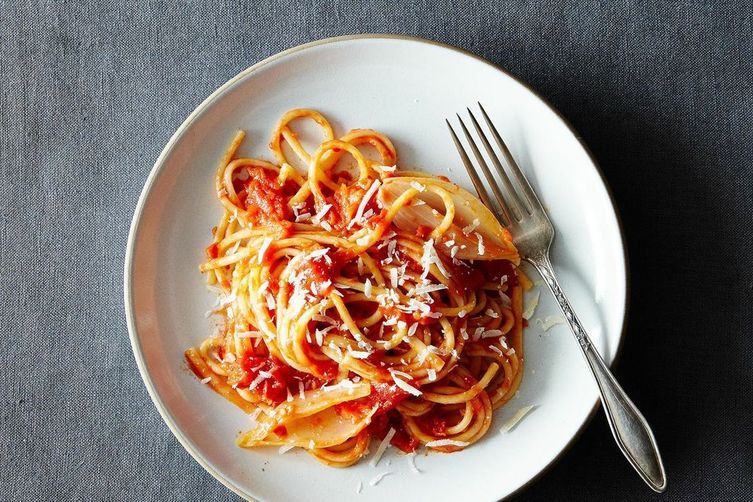
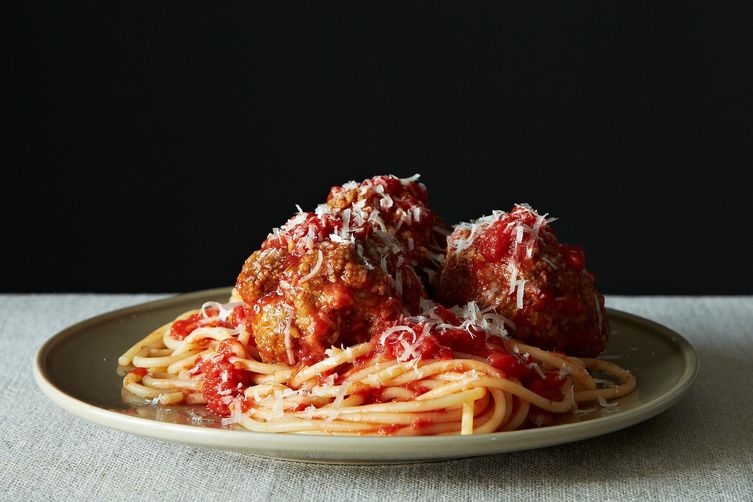
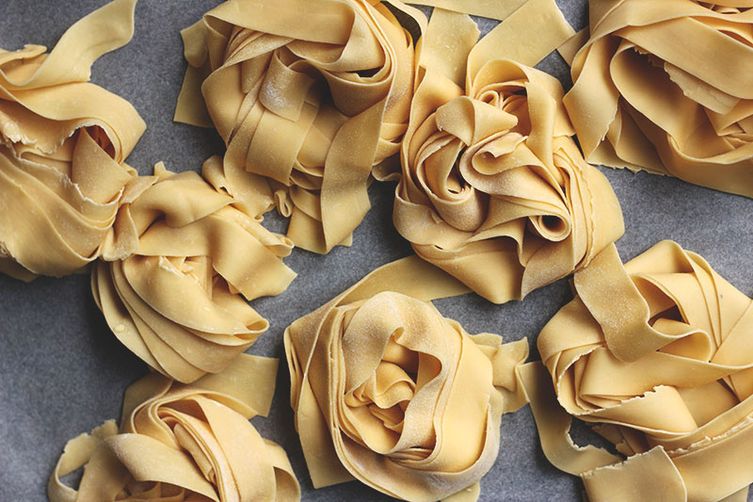
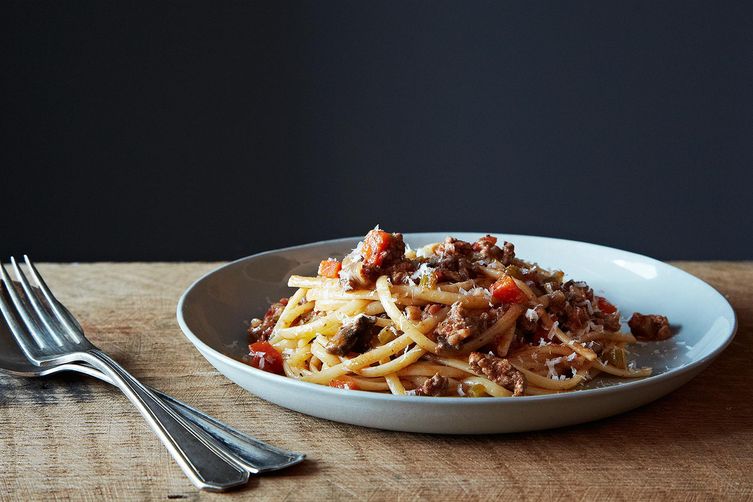
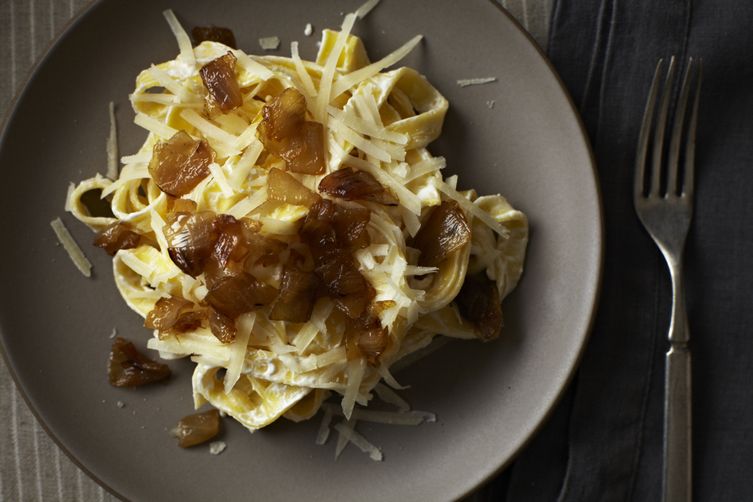
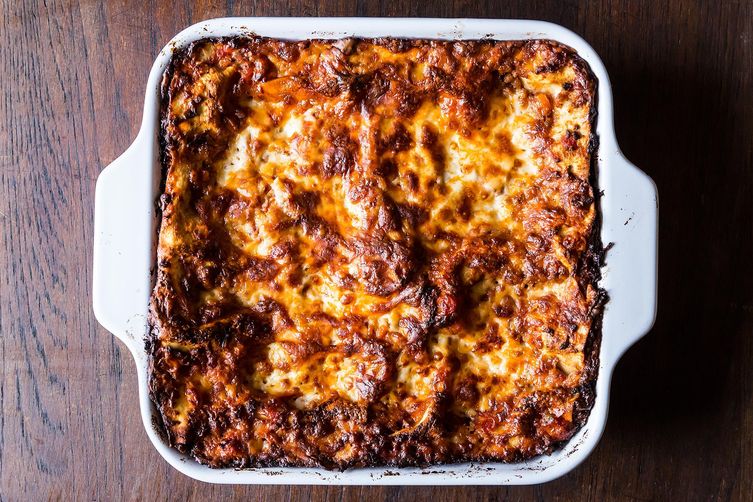
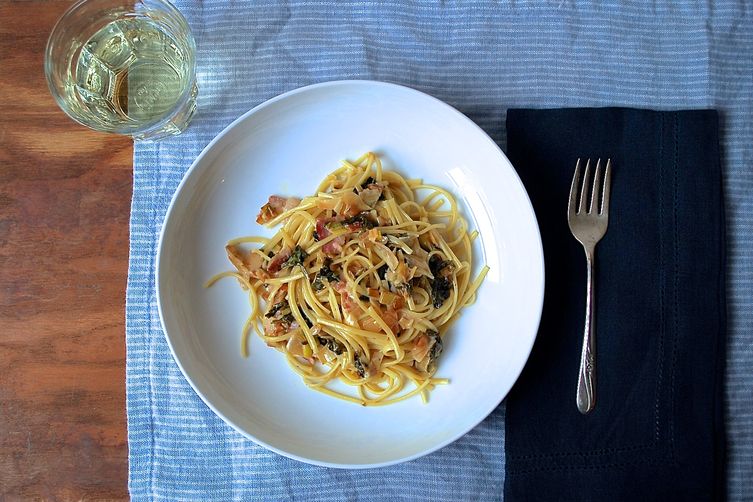


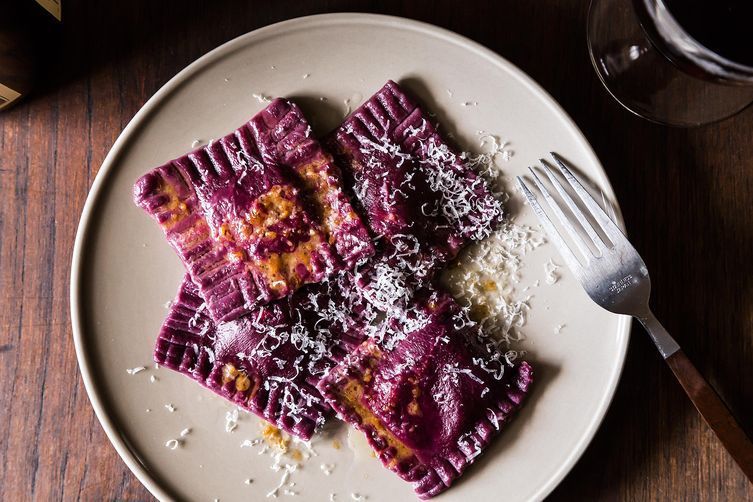
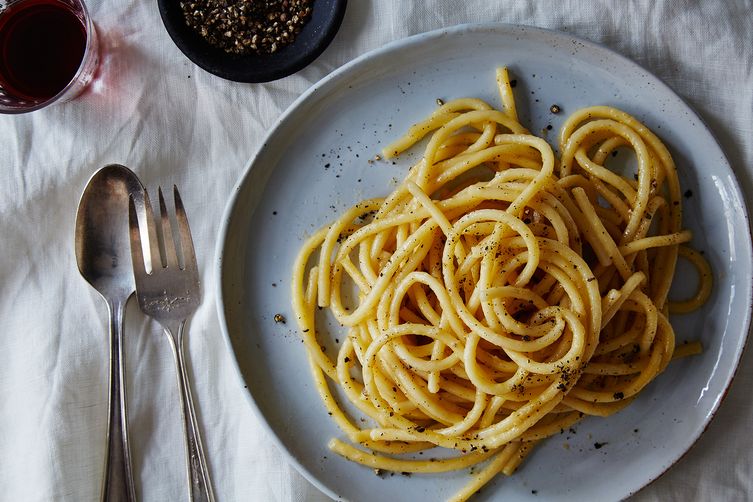

See what other Food52 readers are saying.